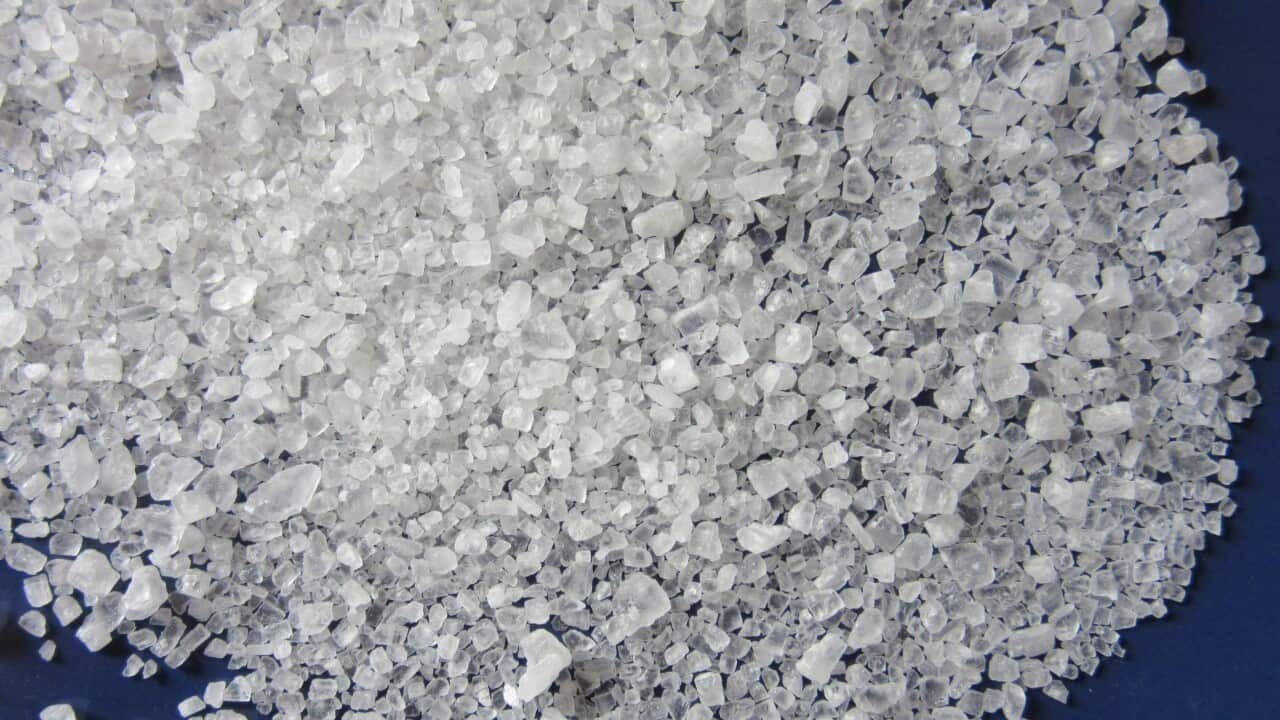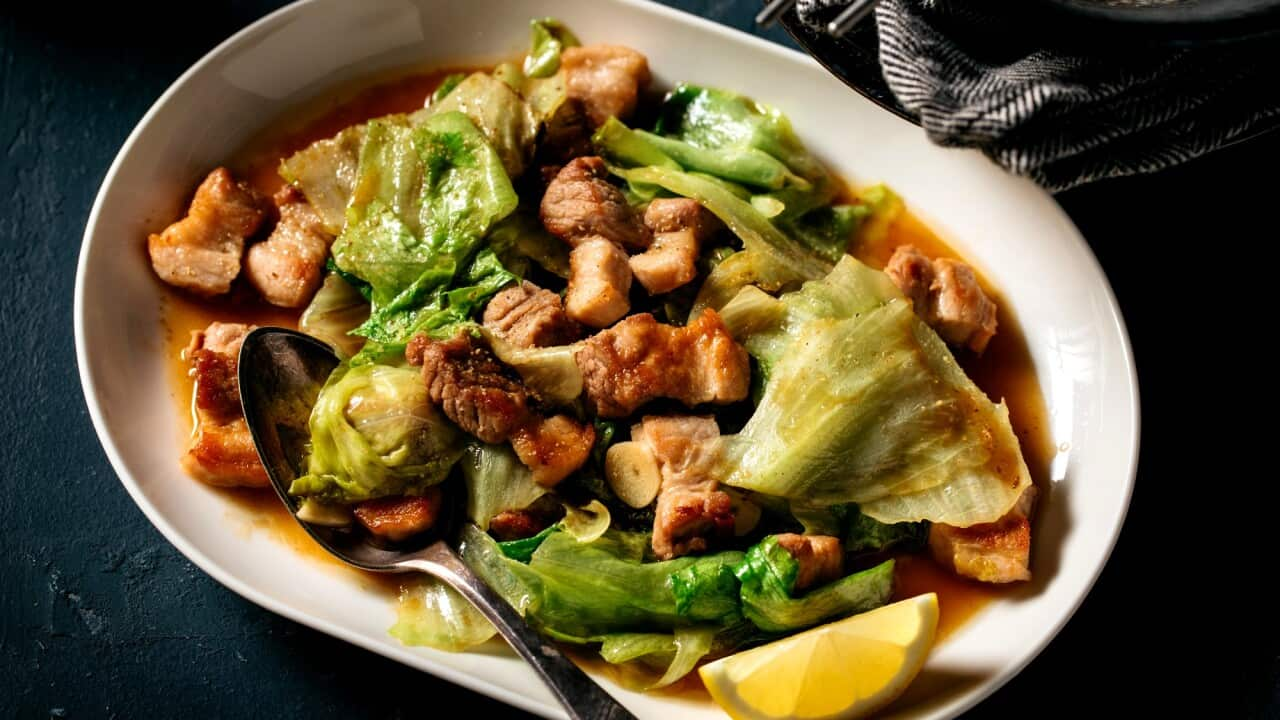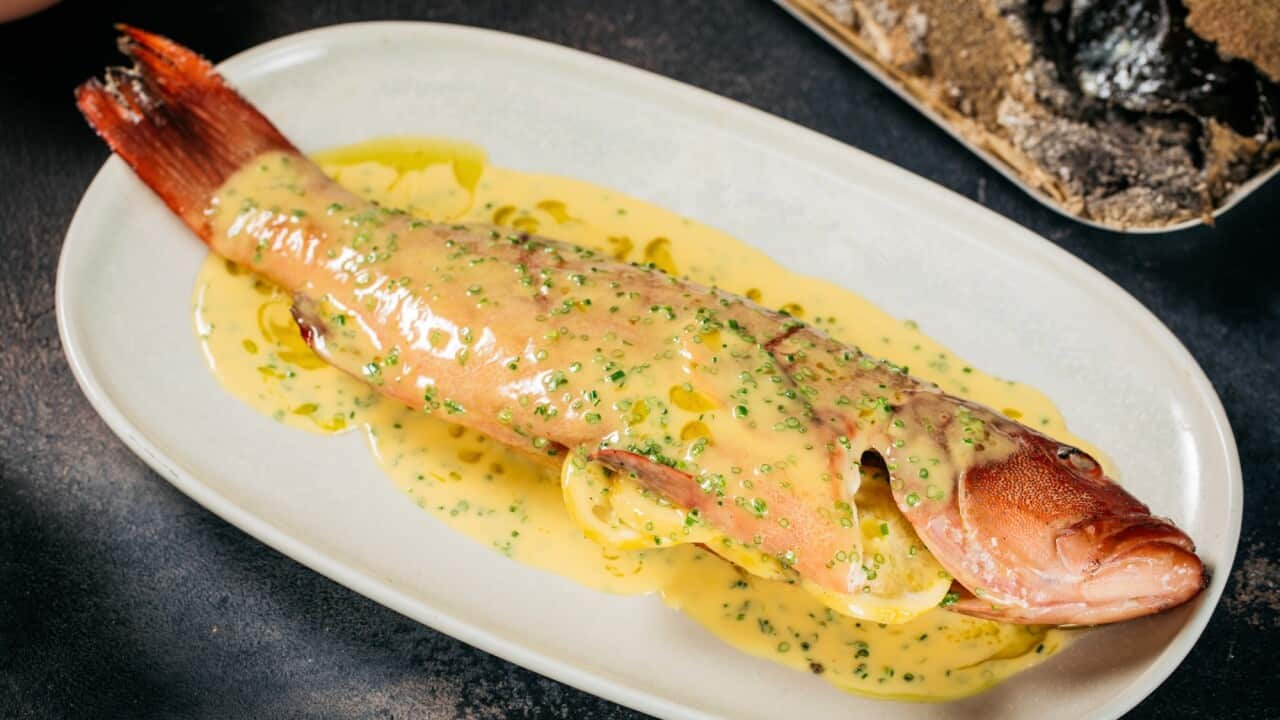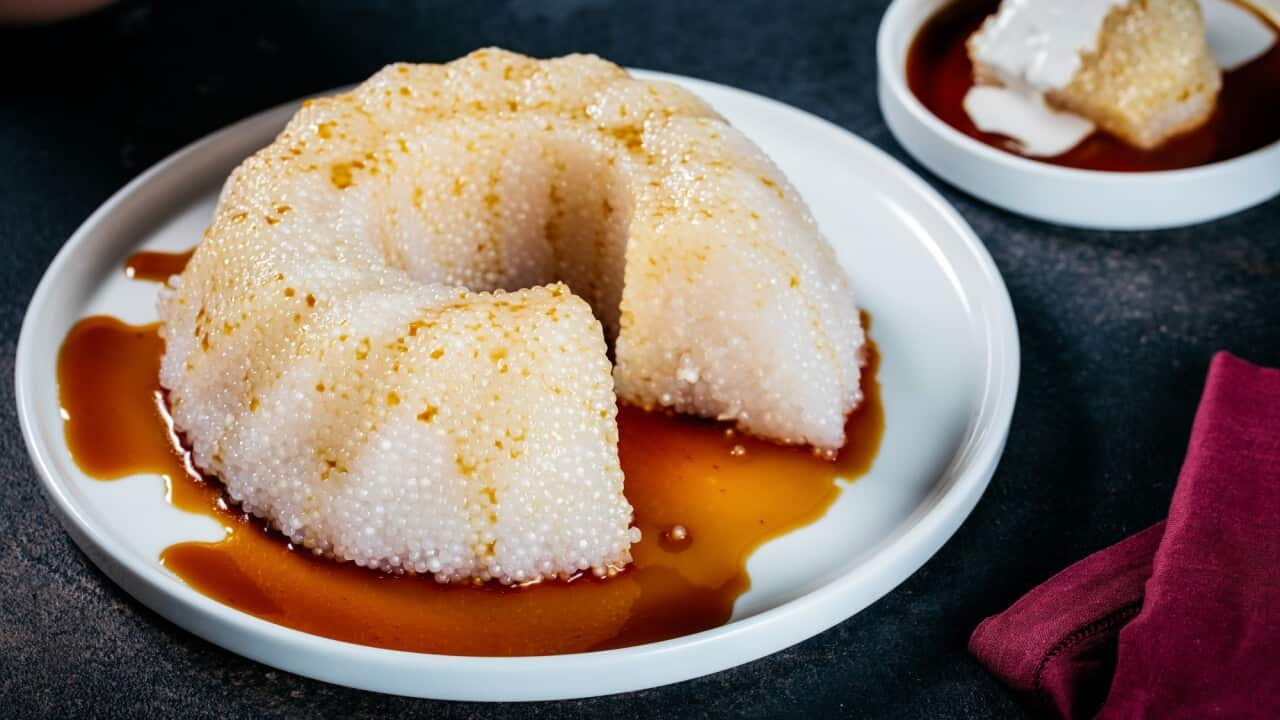--- 's fourth season airs weeknights on SBS Food(Ch.33) at 7.00pm. All episodes available anytime on . ---
Adding salt to a recipe may seem simple enough. But when you consider the number of salt varieties currently available, adding the right kind of salt to a dish can quickly become confusing.
Recipes can call for kosher salt, table salt, iodised salt, cooking salt – and that’s just the start of the salty list. So what’s the difference between these varieties?
“It can get quite confusing, particularly when you read recipes, because there's lots of different labels that people apply to salt,” says Adam Liaw, host of SBS series The Cook Up with Adam Liaw.
To give home cooks more clarity on the issue, here is a short guide on popular types of salt. And yes, they're almost all interchangable.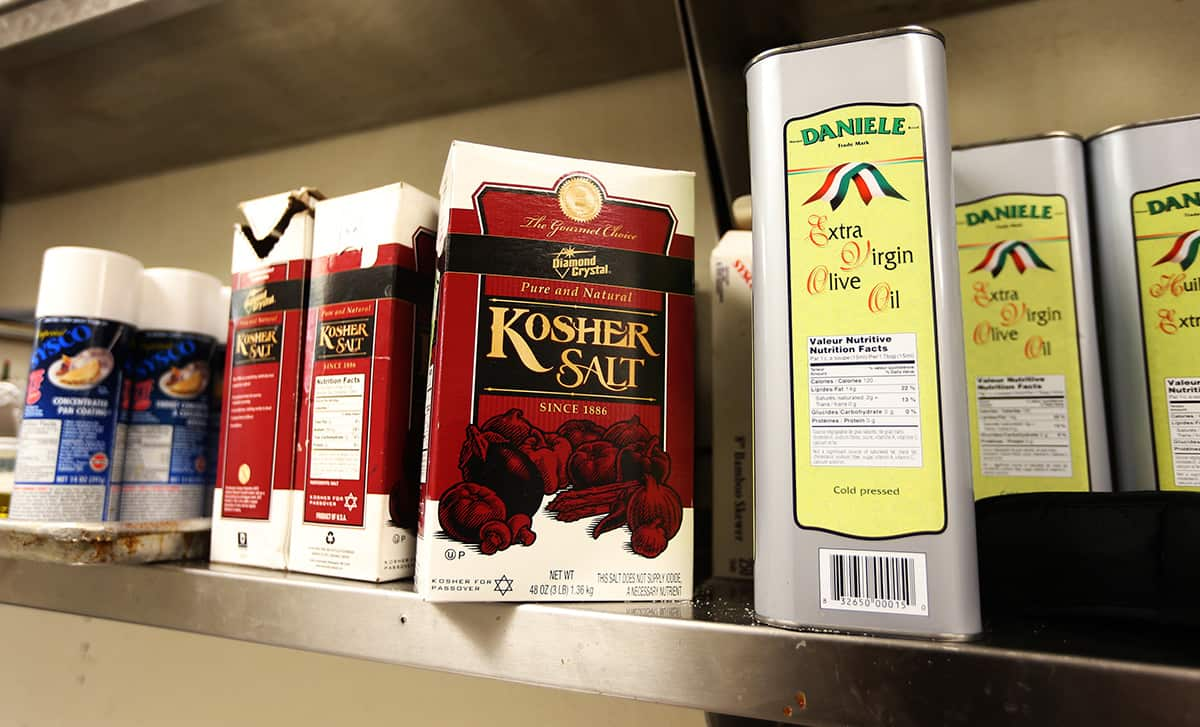

Source: Getty Images
Kosher salt
initially got its name through an ancient Jewish tradition guiding the preparation of kosher food. Kosher salt was the salt of choice used to draw the blood out of meat for religious purposes. These days, you’ll find that kosher-certified salt (salt that meets kosher guidelines) and kosher salt (salt made solely of sodium chloride) are both available.
The latter of the two is what’s commonly mentioned in a lot in American recipes. This kind of pure salt has coarse grains, which were designed for use on meat as they stick well. Kosher salt granules are also quite large, similar to cooking salt.
READ MORE

So, what is kosher salt?

Source: PxHere
Sea salt
is a general term for the salt that’s produced when ocean water or saltwater lakes evaporate.
This style of salt is more dense than kosher salt and comes in larger flakes. It’s also less processed than other varieties and contains trace minerals.

Source: PxHere
Table salt
Table salt is the granulated white salt you see in most people’s saltshakers. It’s mined from underground deposits and processed to remove minerals.
“Table salt is essentially like a free-flowing salt,” explains Liaw. “It has an agent added to it, so it doesn't cake in the bottle or shaker.”
The granules are also much smaller making it melt faster on food when added after cooking creating a pleasant eating experience.

Source: PxHere
Cooking salt
Cooking salt has larger, medium-sized grains compared to table salt. That’s why it’s often added during the cooking process rather than after.
“Cooking salt usually hasn't had an anti-caking agent added to it so it might come in little clumps. I generally use a cooking salt for cooking purposes, for seasoning stews and stuff like that," says Liaw.

Source: Danielle Abou Karam
Iodised salt
Food policy research fellow at , Dr Kathy Trieu, explains that iodised salt is basically table salt fortified with iodine to prevent iodine deficiencies from occurring at a population level. It can come in all sorts of sizes from table to rock.
“If you’re going to use salt, it’s a good idea to use iodised salt,” Trieu says.
Potassium-enriched salt
Potassium-enriched salt is a new form of salt available in supermarkets that contains less sodium than other varieties.
“It looks the same as regular table salt, tastes the same and acts the same," Trieu tells SBS. "But in this product, some of the sodium has been replaced with potassium. That means that it has lower levels of sodium and higher levels of potassium – a combination that can help to reduce your blood pressure, and risk of stroke and heart disease.”

